Can Cats Eat Dog Food? Understanding the Nutritional Differences
As a pet owner, you may wonder if your furry feline can have a taste of your dog’s food. The question, “Can cats eat dog food?” is more than just curiosity; it’s about understanding the nutritional needs and health concerns for both animals. While dogs and cats are both beloved companions, their dietary requirements differ significantly.
Cats are obligate carnivores, meaning they require certain nutrients found primarily in animal products to thrive. These nutrients include taurine, arachidonic acid, and specific vitamins like Vitamin A. On the other hand, dogs are omnivores, which means they can derive nutrition from both animal and plant sources. This fundamental difference poses a key argument against feeding cats dog food.
Key Nutritional Differences Between Cat Food and Dog Food
To understand why dog food isn’t suitable for your feline friend, let’s take a closer look at the essential nutrients necessary for both cats and dogs.
| Nutrient | Cats | Dogs |
|---|---|---|
| Taurine | Essential | Not Required |
| Arachidonic Acid | Essential | Can Synthesise |
| Vitamin A | Requires Direct Source | Can Convert from Beta-Carotene |
| Proteins | High Requirement | Moderate Requirement |
As shown in the table, essential nutrients found in cat food must be present for felines, while dogs have the ability to produce some of them. Thus, if your cat occasionally tastes dog food, it may not present an immediate risk, but relying on it can lead to nutritional deficiencies.
Health Risks of Feeding Cats Dog Food
Feeding your cat dog food regularly can lead to several health issues:
- Nutritional Deficiencies: Over time, a cat may develop health issues due to a lack of essential nutrients found in cat food.
- Digestive Problems: Cats’ digestive systems are specifically adapted to process certain proteins and fats. Dog food may wreak havoc on their delicate digestive tracts.
- Weight Gain: Dog food may contain more carbohydrates, which can lead to obesity in cats if consumed regularly.
- Long-Term Health Problems: Potential issues may include heart problems due to a lack of taurine or skin problems from a lack of proper fatty acids.
To ensure your cat remains healthy and happy, it’s best to provide a balanced diet formulated specifically for cats. Instead of letting them nibble on dog food, consider offering them their own high-quality cat food that can meet their nutritional needs.
What to Do If Your Cat Eats Dog Food
If you catch your cat munching on dog food, there’s no need to panic. A small amount may not be harmful, but if it becomes a habit, it’s crucial to redirect them. Here are some steps you can take:
- Remove the dog food after your dog has eaten to prevent access.
- Provide a variety of cat-friendly foods to entice your cat to stick to their diet.
- If necessary, consult your veterinarian for dietary recommendations.
In Summary
The answer to whether cats can eat dog food hinges on the understanding of their distinct nutritional needs. While an occasional nibble might not cause immediate harm, a steady diet of dog food can lead to health issues over time. For the well-being of your cat, always choose a diet tailored for them. If you want to learn more about appropriate diets for your pets, resources like ASPCA and AVMA offer valuable information.
The Risks of Feeding Cats Dog Food
Feeding your cat is an important part of being a responsible pet owner. Cats and dogs have very different dietary needs, and it can be concerning if you ever wonder, “Can cats eat dog food?” While an occasional nibble might not harm your cat, consistently feeding them dog food can lead to serious health risks. Here’s what you should know about the potential dangers of dog food for your feline friend.
Understanding Nutritional Needs
Cats are obligate carnivores, which means they need specific nutrients that are primarily found in animal-based proteins. Dog food, on the other hand, is formulated to meet the dietary needs of dogs, which are omnivores. Here are some of the key nutrients cats require:
- **Taurine**: Essential for heart and eye health.
- **Arachidonic acid**: An important fatty acid that cats cannot produce on their own.
- **Vitamin A**: Necessary for vision and skin health, which cats cannot synthesize from plant sources.
- **Niacin**: Cats require more niacin than dogs for proper metabolism.
When you feed your cat dog food regularly, they miss out on these essential nutrients, leading to potential health issues over time.
Health Risks from Feeding Dog Food to Cats
Feeding your cat dog food can lead to various health complications. Here are several potential risks associated with this practice:
- **Nutritional Deficiencies**: Lack of key nutrients such as taurine can cause problems like heart disease or vision issues.
- **Obesity**: Dog food typically has less protein and more carbohydrates, which may lead to obesity in cats.
- **Kidney Issues**: Long-term consumption may put strain on a cat’s kidneys due to imbalanced protein levels.
- **Gastrointestinal Problems**: Sudden changes in diet can cause digestive upset, leading to vomiting or diarrhea.
Recognizing Signs of Illness
If your cat has eaten dog food, keep an eye out for signs of illness. Here are some symptoms that may indicate a problem:
- Loss of appetite
- Excessive thirst
- Frequent vomiting
- Unusual lethargy
- Changes in litter box habits
If you start to notice these symptoms, it’s critical to consult your veterinarian as soon as possible.
What to Do if Your Cat Eats Dog Food
If your cat has consumed dog food accidentally, there’s usually no need for alarm if it was just a small quantity. However, consider the following steps:
- Monitor your cat for any signs of distress.
- Provide fresh water to keep them hydrated.
- Consult your veterinarian for further advice if symptoms appear.
It’s also essential to prevent future occurrences. Make sure to store dog food out of your cat’s reach, and educate everyone in your household about the dietary differences between cats and dogs.
Best Practices for Feeding Your Cat
To ensure you are meeting your cat’s nutritional needs, consider these best practices:
- Feed high-quality cat food formulated for their specific life stage (kitten, adult, senior).
- Avoid giving your cat table scraps or dog food as treats.
- Consult with your veterinarian regularly for dietary recommendations tailored to your cat’s health and lifestyle.
If you’re looking for more information on feeding pets correctly, consider visiting ASPCA’s pet-care resources and CatTime’s nutrition guidelines.
While an occasional taste of dog food might not cause harm, the risks of making it a regular part of your cat’s diet are significant. Understanding the nutritional needs of your cat is vital for their health and well-being.
Alternatives: What Can Cats Eat Instead of Dog Food?
Cats and dogs have different nutritional needs due to their distinct dietary requirements. If you’re wondering if your feline friend can munch on dog food, it’s best to note that it isn’t specially formulated for cats. However, if your kitty has nibbled on dog food once or twice, don’t panic. There are plenty of suitable alternatives to ensure your cat gets the right nutrition it deserves.
High-Quality Cat Food
The first and best option your cat should enjoy is high-quality cat food. This is specifically crafted to provide all essential nutrients cats need. Look for brands that use real meat as the main ingredient, as cats are obligate carnivores, meaning they need a diet high in protein.
Wet Food vs. Dry Food
When choosing cat food, you might want to weigh the benefits of wet food against dry food.
- Wet Food: Typically has higher moisture content, which helps keep your cat hydrated. It’s also usually more palatable for picky eaters.
- Dry Food: Generally more convenient and less messy. It can help with dental health as the crunchy bits can reduce plaque build-up.
Homemade Cat Meals
If you prefer preparing meals for your feline, homemade cat food can be a great choice. You can control the ingredients and ensure they are fresh and nutritious.
When making cat food at home, include:
- Cooked chicken or fish
- Vegetables like carrots or peas
- Rice or pasta in moderation
Make sure to avoid onions and garlic, as they are toxic to cats.
Cat-Friendly Treats
Supplement your cat’s diet with nutritious treats. Opt for treats specifically designed for felines, as they contain the essential nutrients your cat needs and can serve as rewards during training.
Supplemental Options
If your vet recommends it, consider a few additional items to enhance your cat’s diet:
- Catnip: Safe and enjoyable for most cats. It can stimulate their playful energy.
- Canned Pumpkin: A good source of fiber, which can help with digestion.
- Fish Oil: Provides omega-3 fatty acids that promote a healthy coat.
Commercial Alternatives
Many companies offer alternatives to traditional cat food. Here are some noteworthy brands you can consider:
| Brand | Type | Website |
|---|---|---|
| Royal Canin | Veterinary Diets | royalcanin.com |
| Hill’s Science Diet | Adult & Kitten | hillspet.com |
| Wellness | Canned & Dry Food | wellnesspetfood.com |
Consult Your Veterinarian
Ultimately, your best resource for your cat’s nutritional needs is your veterinarian. They can provide tailored advice based on your pet’s age, weight, and health conditions.
While cat food and dog food have significant differences, there are numerous suitable alternatives for your feline companion. Providing a balanced diet with the right nutrients is vital for their overall health and happiness.
The Importance of Tailored Diets for Cats and Dogs
When it comes to the health and happiness of our furry companions, diet plays a crucial role. Cats and dogs have fundamentally different nutritional needs, so it’s vital to understand their individual requirements to ensure they live a long, healthy life. A tailored diet for each species is essential, and here’s why.
Understanding Nutritional Needs
Cats and dogs have different digestive systems and dietary preferences. Cats are obligate carnivores, which means they require specific nutrients found in animal tissue for their survival and well-being. These include:
- High protein content
- Amino acids such as taurine
- Fatty acids
On the other hand, dogs are classified as omnivores. They not only thrive on protein but can also digest carbohydrates and other plant-based ingredients. Their dietary needs include:
- A balanced mix of proteins and fats
- Carbohydrates for energy
- Vitamins and minerals for overall health
Why Tailored Diets Matter
Feeding cats dog food occasionally might seem harmless, but it can lead to significant health issues over time. The nutritional imbalance can result in:
- Obesity: Overweight pets face increased risks of diabetes and joint problems.
- Nutritional deficiencies: Cats may suffer from heart problems or blindness due to lack of essential nutrients like taurine.
- Long-term health complications: Continuous feeding of the wrong diet can lead to serious health conditions down the line.
Signs Your Pet Needs a Diet Change
Monitoring your pet’s health is essential. Here are signs indicating it may be time for a dietary revamp:
- Weight gain or loss
- Changes in fur texture or color
- Increased thirst or urination
- Digestive issues, like diarrhea or vomiting
Consulting a Veterinarian
Before making any dietary changes, it’s essential to consult with a veterinarian. They can provide insights into the best diet based on the specific health needs of your pet. Factors to consider during this consultation include:
- Age
- Activity level
- Any pre-existing health conditions
Healthy Feeding Practices
To tailor your pet’s diet effectively, consider the following practices:
- Choose species-specific food that meets their unique nutritional needs.
- Introduce new foods gradually to avoid digestive upset.
- Keep portion sizes in check to maintain a healthy weight.
- Always provide fresh water to keep your pet hydrated.
Commercial Options vs. Home Cooking
When exploring diets, pet owners often face the choice between commercial pet foods and home-cooked meals. Each option has its pros and cons:
| Option | Advantages | Disadvantages |
|---|---|---|
| Commercial Pet Food | Convenient, usually nutritionally balanced, and time-saving. | Can contain additives, may not suit all pets. |
| Home-Cooked Meals | Customization for specific pet needs, more control over ingredients. | Time-consuming, may lead to imbalanced diets if not carefully planned. |
Product Recommendations
When selecting food for your pet, look for high-quality brands that specialize in tailored nutrition. Some reputable options include:
- Petco – offers a variety of specialized diets tailored for both cats and dogs.
- Chewy – known for their extensive selection of nutritious pet food options.
Ultimately, understanding the dietary needs of your pets and providing them with a tailored diet is a significant step toward ensuring their overall health and well-being. Investing time in selecting the right diet can lead to a happier, healthier life for your feline and canine companions.
Recognizing Signs of Nutritional Deficiencies in Pets
When it comes to your furry friends, ensuring they have a balanced diet is crucial for their overall health. Nutritional deficiencies can manifest through various signs, making it essential for pet owners to be vigilant. Pet owners should know the common indicators of dietary shortfalls. This way, they can take timely action to support their pets’ health.
Common Signs of Nutritional Deficiencies
Pets can’t always communicate their woes. However, several physical and behavioral cues can point to possible nutritional issues. Here’s what you should look out for:
- Changes in Coat Condition: A dull, brittle, or flaky coat may indicate inadequate fatty acids or protein in the diet.
- Weight Fluctuations: Unexpected weight loss or gain can hint at a poor nutritional balance. If your pet is gaining weight, they may be consuming too many carbs. Conversely, unintentional weight loss might mean they’re not getting sufficient nutrients.
- Lethargy: If your pet seems tired or less playful than usual, this could point to deficiencies such as low iron or B vitamins.
- Digestive Issues: Problems like diarrhea or constipation can arise from a diet lacking in essential fiber, probiotics, or other nutrients.
- Poor Dental Health: Bad breath, excessive tartar, or inflamed gums can indicate a lack of certain minerals and vitamins.
- Behavioral Changes: Increased irritability, attention-seeking behavior, or withdrawal can sometimes be linked to nutritional stress.
Specific Nutritional Deficiencies and Their Signs
Different nutrients play distinct roles in your pet’s health. Understanding which deficiencies lead to specific symptoms can be very helpful:
| Nutrient | Deficiency Signs |
|---|---|
| Protein | Muscle loss, lethargy, poor coat quality |
| Omega Fatty Acids | Dry skin, dull coat, inflammation |
| Vitamins A and E | Poor vision, immune deficiencies |
| Calcium | Weak bones, dental issues |
| Iodine | Goiter, lethargy, weight gain |
How to Ensure a Balanced Diet for Your Pet
Maintaining a well-rounded diet for your pet is a proactive way to avoid nutritional deficiencies. Here are some practical tips to ensure your pet gets all they need:
- Consult a Veterinarian: Regular check-ups can help identify and rectify dietary issues early on. A vet can provide recommendations tailored to your pet’s age, breed, and health conditions.
- Choose Quality Pet Food: Look for brands that list high-quality ingredients. Avoid foods with fillers or artificial additives as they may lack essential nutrients.
- Include Variety: A varied diet can help cover any nutrient gaps. Consider adding fresh fruits and vegetables that are safe for your pet.
- Supplement Wisely: If your vet identifies deficiencies, they may suggest supplements. Use these only under professional guidance to avoid over-supplementation.
It’s also beneficial to educate yourself on the nutritional needs specific to cats and dogs. Resources such as the [American Animal Hospital Association](https://www.aaha.org/) can provide helpful information regarding pet nutrition.
Your pet’s diet is fundamental to their health. By recognizing the signs of nutritional deficiencies and understanding how to provide a balanced diet, you can ensure your pet remains happy and healthy for years to come. Regular vet visits and being mindful of your pet’s behavior and physical appearance will allow you to catch any issues early. For further insights and nutritional tips, consider visiting [The Association of American Feed Control Officials](https://www.aafco.org/).
Conclusion
Feeding your cat dog food may seem like a simple solution, but it carries significant risks due to the essential nutritional differences between the two diets. Cats require a higher protein intake and specific nutrients, such as taurine, that are not sufficiently present in dog food. Regularly feeding a cat dog food can lead to serious health issues over time, including nutritional deficiencies.
To keep your cat healthy, it’s essential to provide them with a diet specifically formulated for their needs. Instead of dog food, consider offering high-quality cat food, which is designed to meet their unique dietary requirements. If you’re ever unsure, consult your veterinarian for personalized advice on the best food options for your pet.
Maintaining a balanced and tailored diet for both cats and dogs plays a crucial role in their overall well-being. It’s important as a pet owner to recognize possible signs of nutritional deficiencies, such as weight loss, changes in behavior, or digestive issues. Being observant and proactive about your pet’s diet can help you identify these problems early and take action.
Ultimately, understanding that cats have different nutritional needs than dogs is vital for ensuring their health and happiness. Always prioritize your furry friend’s well-being by providing them with the right food and paying close attention to their dietary needs. Your cat relies on you to make the best choices for their health, helping them lead a vibrant and active life.


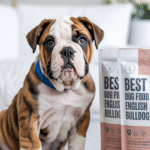
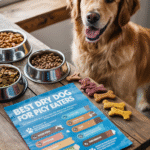
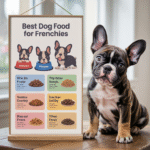
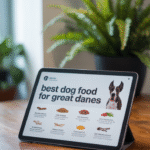
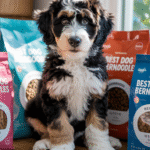
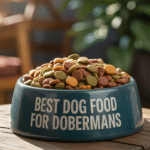
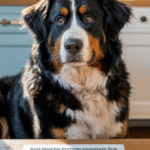
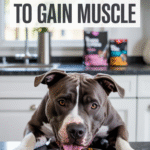
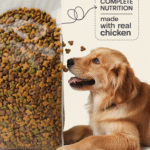
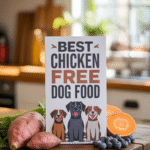

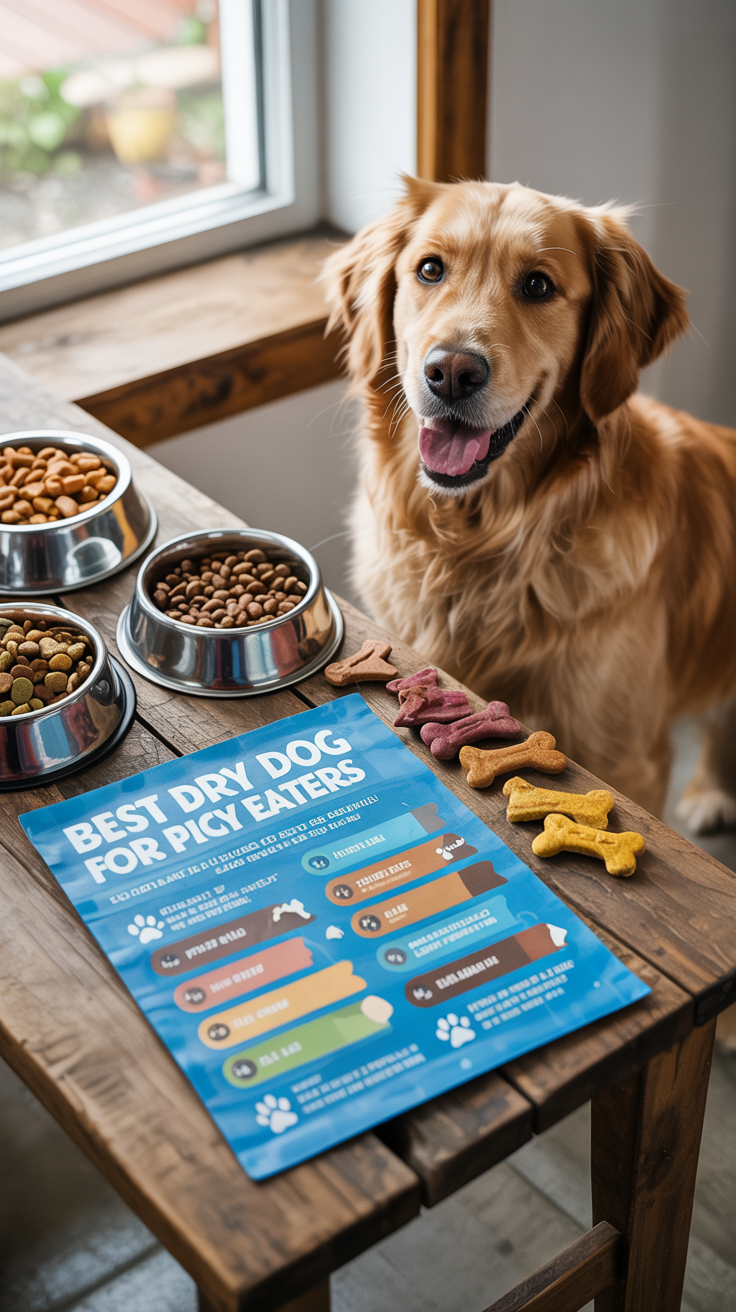
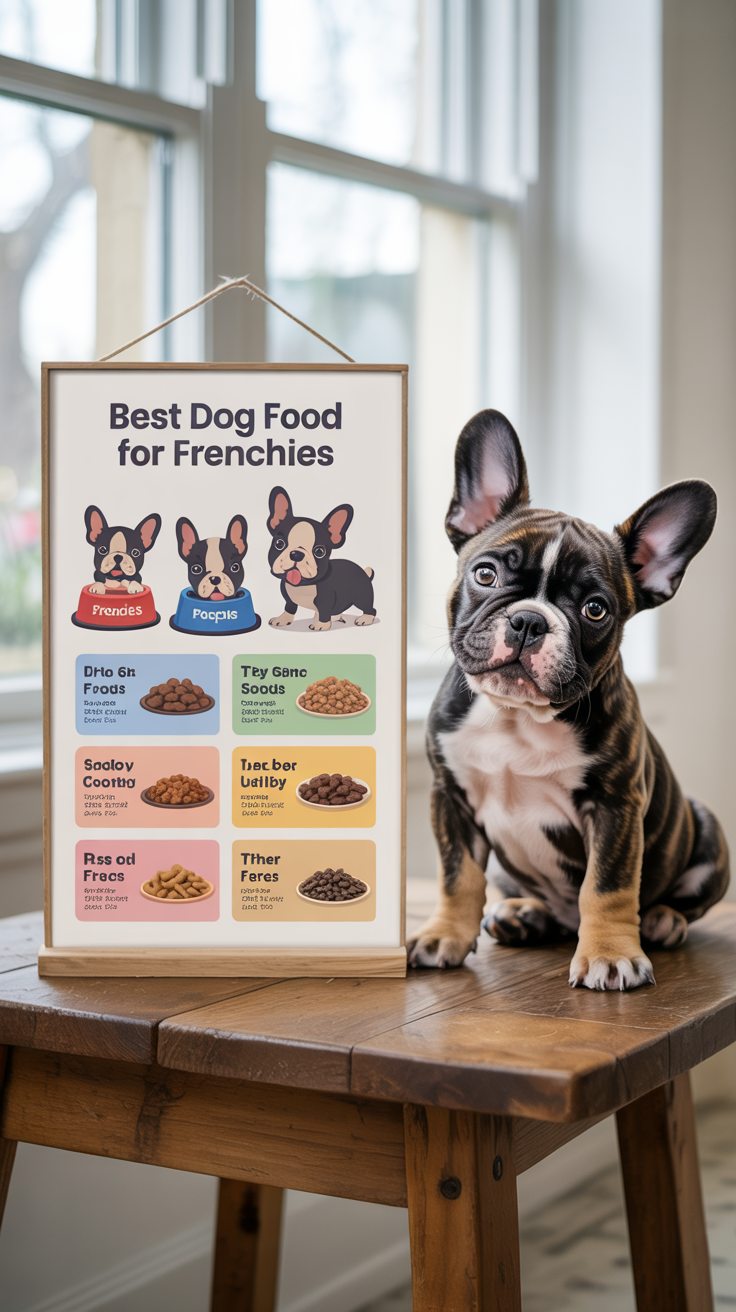
Leave a Reply